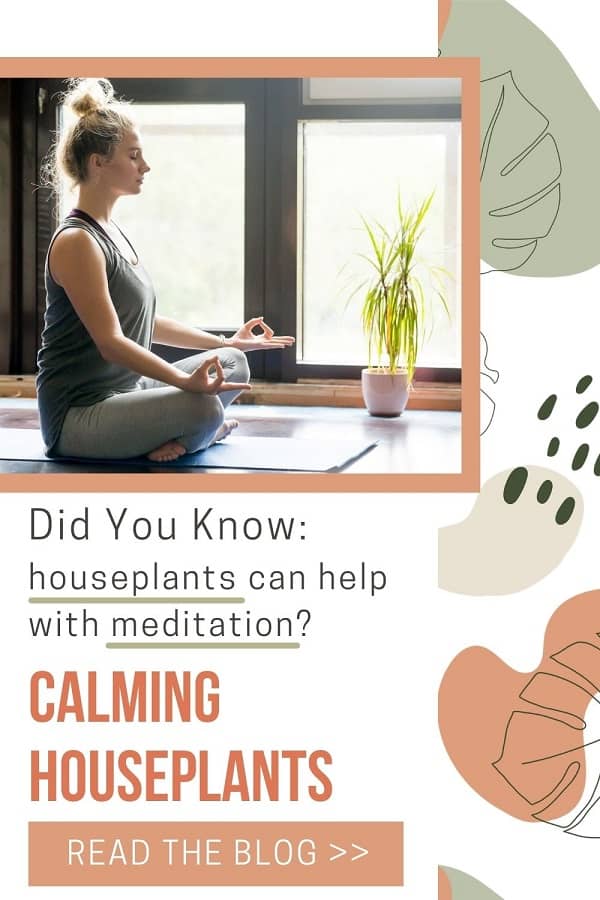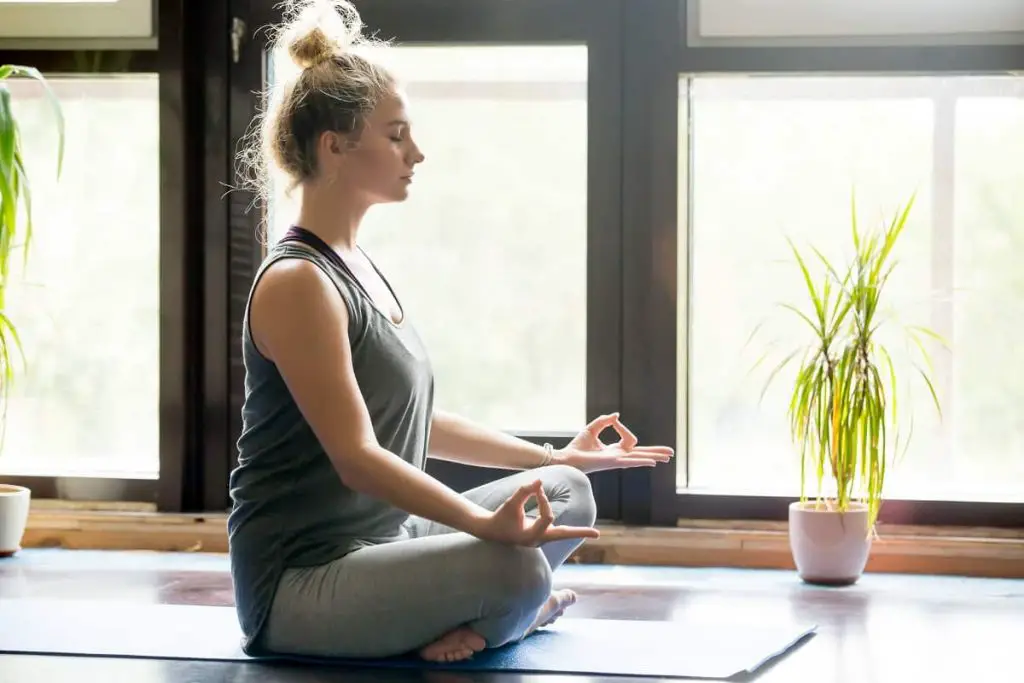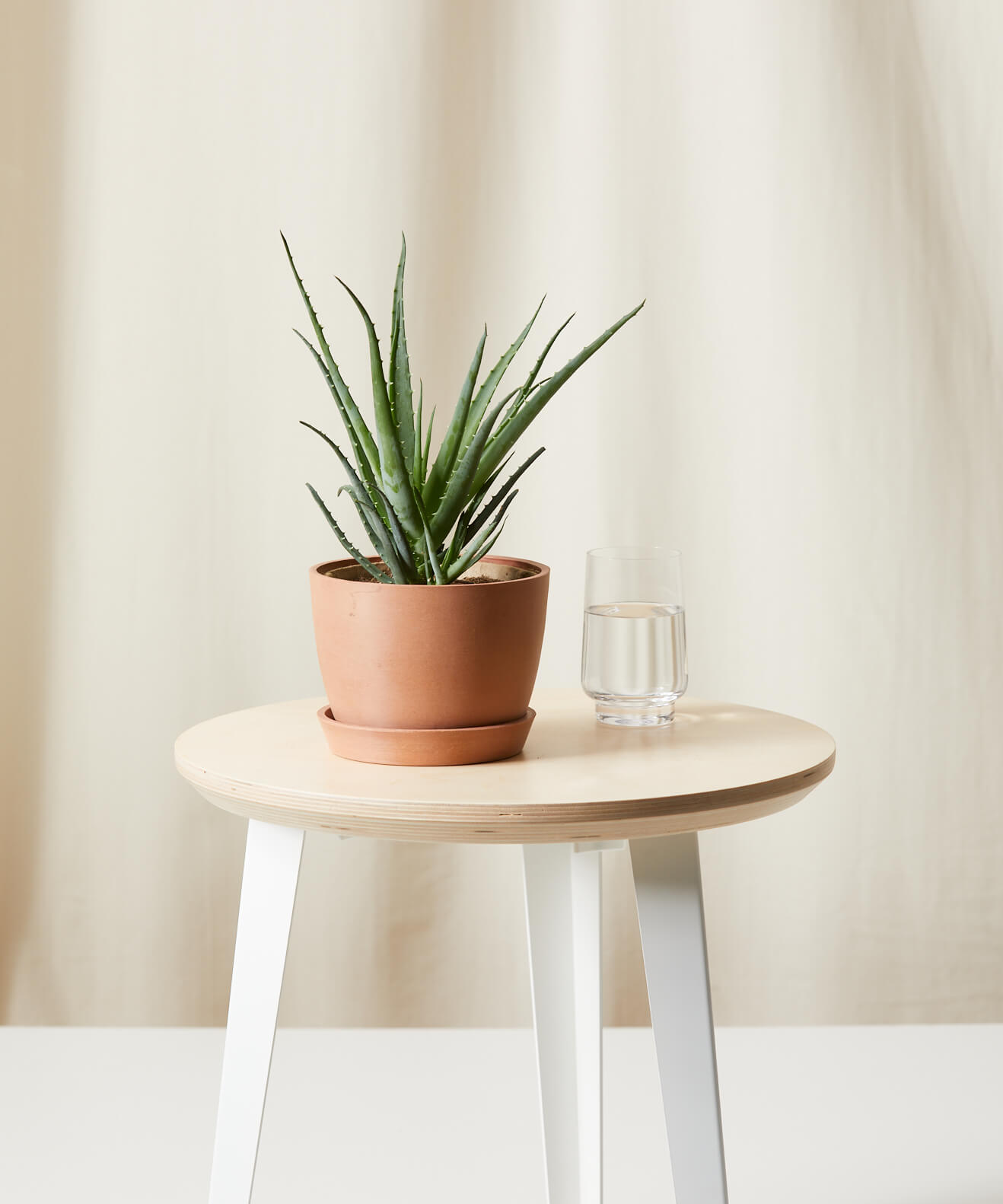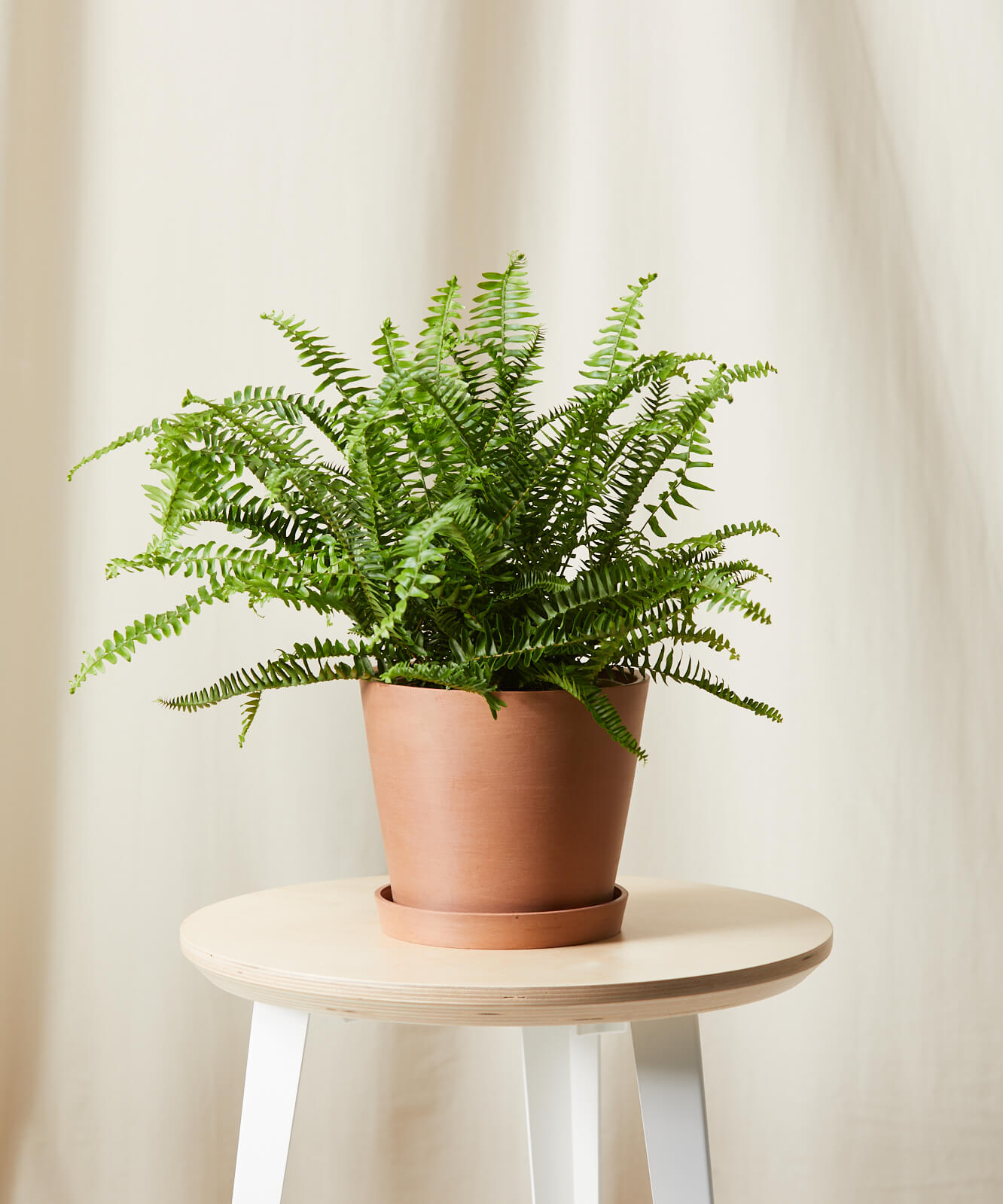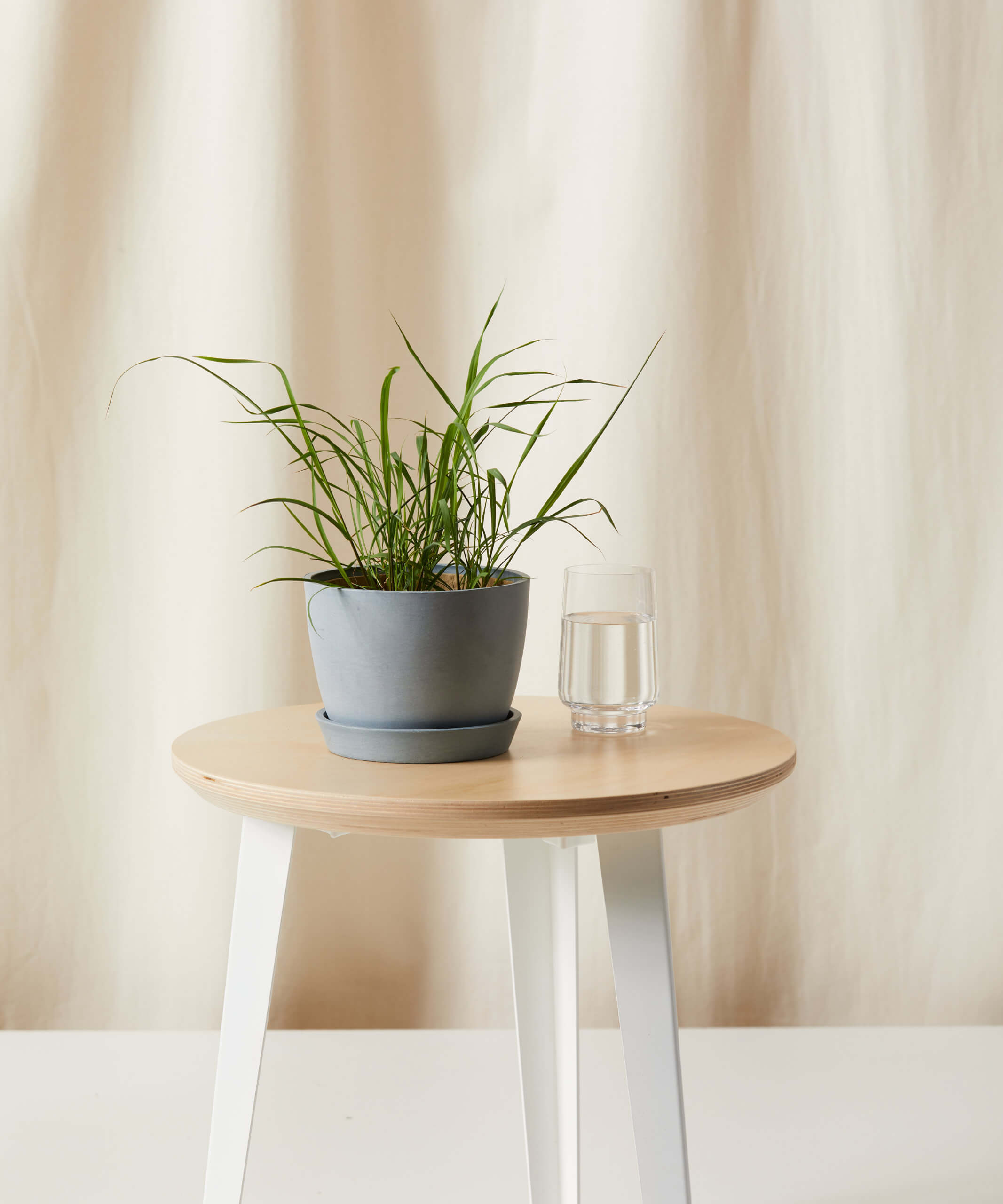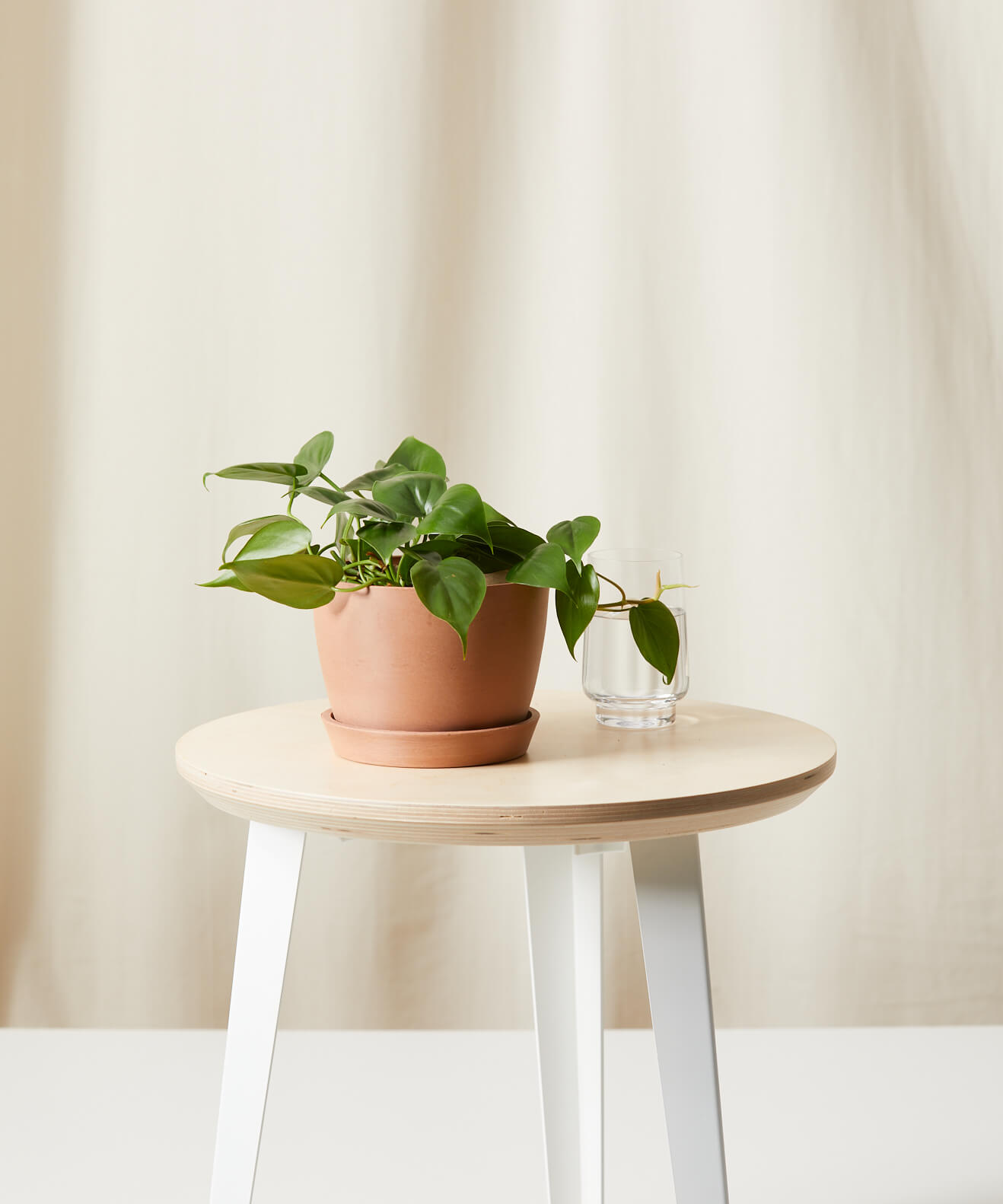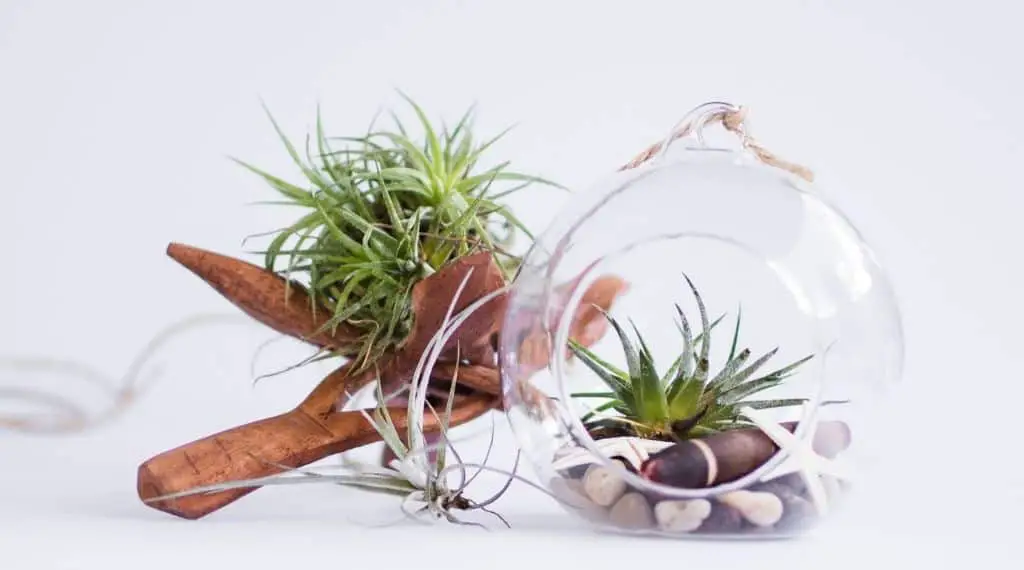Last Updated on October 5, 2021 by Plantiful Interiors
Keeping plants in your home comes with a multitude of benefits. In addition to aesthetic charm, many plants offer natural health benefits that make them ideal fixtures for any room, be it a yoga studio, home office, or bedroom.
If you are looking to add an extra dose of tranquility to your space, you can’t go wrong with a few potted friends.
Keep reading for some of our favorite calming indoor plants that can help bring stillness and tranquility to any space.
This site features affiliate content. As an affiliate partner of various brands, we earn commissions on qualifying purchases, at no extra cost to you. Please read our disclaimer for more information.
What Makes Indoor Plants Calming?
While the effects and benefits vary from plant to plant, there are certain perks that all houseplants can bring into your home.
Plants are a Beautiful Reminder of Life
We can all agree that your physical environment affects the state of your mind, which is why it is so important to furnish places of focus, such as yoga and mediation rooms or home offices, with things that remind you to stay centered and focused on what truly matters.
What better way to do that than with a plant that is specifcally known for its calming nature?
We can learn a lot from our potted friends. For instance, the only thing a plant focuses on is nourishing itself and growing stronger. By keeping plants in your space, you keep a reminder for yourself to do just that.
Indoor Plants Help Purify the Air in Your Home
Numerous studies have shown that rooms with plants contain lower toxins in cigarette smoke, chemical cleaners, cosmetics, and other common household items. Plants help create a calm, focused space by reducing toxins that can contribute to stress and inhibit mental functionality.
Interacting with Plants Boosts Brain Activity
Like spending time outside in nature, interacting with houseplants is known to reduce stress and boost serotonin levels. Science aside, it is simply wholesome to spend time with growing, living things rather than being cooped up inside all the time, away from the calming influence nature has to offer.
When you head out to your local nursery to pick up a calming houseplant for yourself, notice your mood while browsing through the greenhouses. If it’s off-season or you can’t visit a nursery in person, you can get the same calming benefits from this video.
Best Calming Indoor Plants
Now that you have a better idea of the general benefits of houseplants, let’s dive into some of the top 10 indoor plants renowned for their calming qualities.
1. Peace Lily
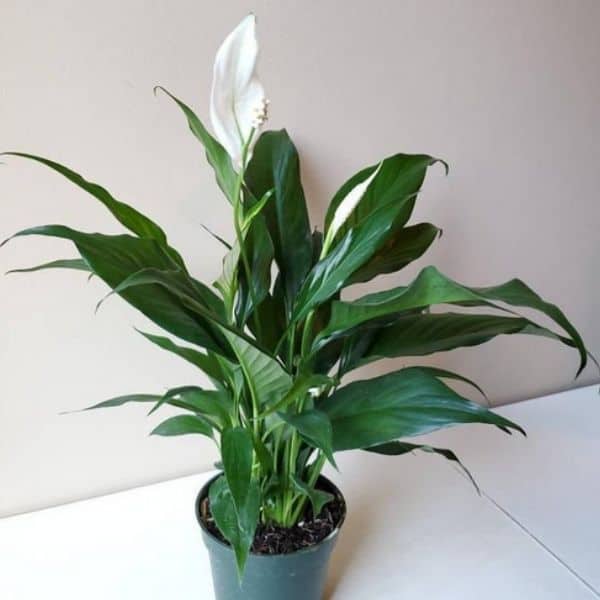
It’s easy to understand why this lovely plant has “peace†in its name. Its beautiful appearance alone promotes calm in the room it’s placed in and in mind.
The peace lily has been shown to filter out as much as 60% of harmful airborne pollutants such as ammonia, benzene, xylene, and formaldehyde. It can also absorb excess moisture from humid environments, discouraging mold, and mildew.
Caring for Peace Lilies
Peace Lilies are tropical flowering plants that enjoy indirect sunlight and moist, well-draining soil—place in a window facing north or west and water with filtered water. This easy to grow calming houseplant is sure to improve your room’s aesthetics and air quality.
2. Lavender
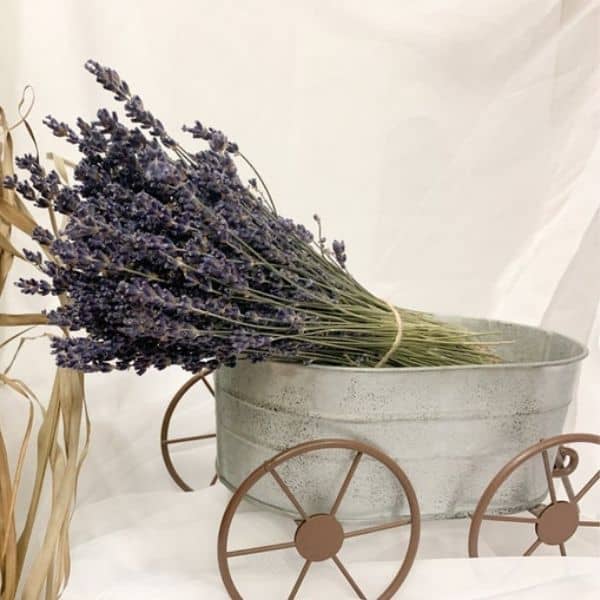
Lavender has long been known as a remedy for anxiety, insomnia, restlessness, and many other ailments. Its soothing smell is proven to affect the brain, reducing stress and anxiety positively. It can also help with physical problems like headaches and nausea.
Though not typically an indoor plant, small varieties such as French Lavender can be kept indoors to fill your spaces with that famously calming lavender scent.
Caring for Lavender
A Mediterranean herb accustomed to hot weather and dry, rocky soil, lavender loves lots of direct sunshine and quick-draining potting soil. It does well in south-facing windows. Plant in a terra cotta pot and water only when the top inch of soil is dry to the touch.
3. Aloe Vera
Another plant famous for its medicinal uses, aloe vera, is easy to care for and has plenty of benefits. Its gel soothes burns and abrasions and promotes healthy, moisturized skin. It also has antioxidant and antibacterial properties that help speed the healing process.
An aloe vera’s thick, serrated leaves can also filter impurities out of the air, making it an excellent plant for focus areas, helping to create a sense of calm clean energy.
Caring for Aloe Vera
Plant your aloe vera in soil that is meant for cacti and succulents rather than regular potting soil. Place it in an area that has indirect sunlight. Don’t water it too frequently, but when you do, be sure to water deeply so all of the soil is wet – not just the top layer.
4. Jade
Also known as the money plant, the jade plant is renowned in the Feng Shui community as a symbol of luck and happiness.
It is said to improve mental health when kept in the home. It also specializes in removing toluene and acetone from the air. During the night, your jade plant will absorb CO2 and increase humidity in dry environments, promoting healthy sleep.
Caring for Jade plant
The Jade plant should have at least four hours of direct sunlight every day. Water only with filtered or distilled water. Wait until the soil is mostly dry between waterings, then water deeply.
Related Reading: 7 Indoor Plants That Bring Good Luck To Your Home
5. Boston Fern
In general, ferns are great for air quality because of the high surface area of their leaves. Boston ferns filter out formaldehyde, xylene, and toluene from the air.
These calming indoor plants make great additions to yoga studios and meditation rooms because of their full, luscious appearance. In hot, dry climates, they can help to replenish the humidity in the air.
Caring for a Boston Fern
These ferns love moisture, so make sure their soil never dries out completely. They prefer indirect sunlight. Too much direct sun, especially in the afternoon, can cause their delicate fronds to burn.
6. Chamomile
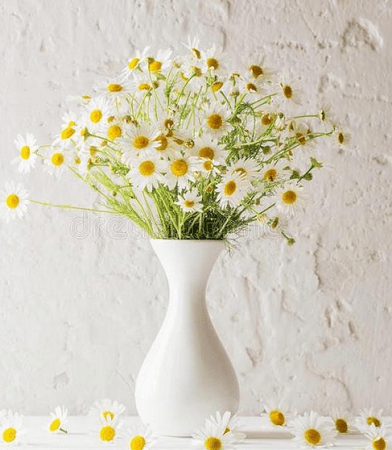
For ages, this super plant has been used to treat a host of infirmities, including inflammation, high blood sugar, insomnia, muscle spasms, and many more. It is commonly made into a soothing tea that helps relax the tension and reduce stress.
The therapeutic fragrance from the flowers themselves offers similar benefits, making this an ideal indoor plant. Chamomile benefits plants as much as it does people. Its natural antibacterial and antifungal properties deter diseases and mold. Place it close to your other indoor plants to keep everyone healthy and happy.
Caring for Chamomile
Chamomile can stay happy indoors with as little as four hours of sunlight every day. Place near a south-facing window and keep the soil moist, but keep in mind that Chamomile is excellent at surviving droughts and shouldn’t be overwatered.
7. Lucky Bamboo
The Bamboo plant is renowned in Feng Shui for its ability to bring positive energy and good luck into the home.
In addition to being a low-maintenance plant, it helps remove benzene and formaldehyde from the air, creating a clean and balanced environment. This is the perfect indoor plant for people who are forgetful or short on time.
Caring for Lucky Bamboo
Lucky Bamboo will thrive in soil, pebbles, or a simple vase as long as its roots are covered in filtered or spring water. Please keep it in indirect sunlight and make sure to replenish its water supply as it evaporates.
Related Reading: Low Maintenance Indoor Plants for Beginners
8. Lemongrass
In addition to being a popular culinary herb, lemongrass is widely used for its medicinal properties. It is antibacterial, antifungal, a natural insect repellent, and can treat seasonal allergies.
As both a tea and an aromatherapy treatment, it relieves stress, anxiety, and depression. It also energizes the mind, helping to address mental fatigue and improve focus.
Caring for Lemongrass
This herb loves the full, hot sun. Please keep it in a south-facing window but remove it from cold areas during the winter months. Its leaves can be harvested for cooking fairly frequently to encourage new growth. Water regularly with filtered water.
9. English Ivy

English Ivy is among the top-ranked air-purifying plants, according to a study conducted by NASA. It not only removes many of the most common airborne toxins present in homes, but it can also remove a substantial percentage of mold allergens from the air.
Removing allergens in the air helps to relieve mold-induced allergies, thereby reducing stress and lifting moods. A common outdoor groundcover, it also works beautifully as an indoor plant, adding a sprawling, wild feeling to any room. It looks especially attractive in hanging containers or tumbling down from high shelves.
Caring for English Ivy
This ivy prefers medium levels of sunlight but can make do in low light environments. It can handle being underwatered better than being overwatered, so only water when the top inch of soil dries out.
10. Philodendron
Philodendrons are excellent for yoga studios because their large leaves allow them to produce plenty of oxygen while removing toxins at a higher rate than plants with smaller leaves. More oxygen means higher brain and body functionality, improving focus, and reducing stress.
These tropical beauties can also trap dust on their leaves, which makes them great for high-traffic areas. You can choose between different varieties, the two most popular being a climbing vine and a rounded bush.
Caring for Philodendrons
The philodendron is a tropical plant, so loves to be moist and warm all year round. Help it along by misting its leaves with filtered water or rainwater in the morning. It doesn’t do well in harsh sunlight so keep it in a bright spot out of the sun’s rays.
Final Thoughts
Congratulations! You’re that much closer to choosing your perfect calming indoor plants as a companion. A calm, fulfilling lifestyle is one that anyone can achieve with the right knowledge and mindset.
As you can see, if you’re into meditation these calming indoor plants are excellent for your studio or meditation space. Or, add them to any area in your home where they will get enough sunlight and where you will see them every day, reminding you to stop, take a breath and live in the moment.
As you continue to find ways to improve your balance and focus, remember that bringing calm to your body, mind, and space is no more difficult than placing a plant by the window.
Drop a comment below and let me know which plant you pick to bring calmness to your life.
Looking for more ways plants can bring beauty to your home? Check out these articles:
10 Best Bedroom Plants To Spruce Up Your Decor
Aesthetic Plants: Beautiful Indoor Plants For Home Decor
How To Choose Best Plants For Apartment Living
